| | I never thought I’d get tired of artichokes, but that time has come. Remaining unharvested blossoms are overmature and showing their exquisite black-light blue-purple brushes. Beautiful, but a waste of food. I just couldn’t help myself not harvesting them, even as they developed more slowly because of those couple of weeks of coolish “May Gray” weather. Perhaps I’ll blame it on mayonnaise overload, or the fact that we were doing so much traveling that they got ahead of my harvesting them. Even so, our neighbors and other friends graciously received bagfuls of almost-choke-free globes in several shapes and sizes – some with stickers, others with stickerless tips; some squat and light green; others more pointed and darker grey-green; and still others purplish and with rounded leaflets. In all, I had 6 different varieties. One must have been a relatively early variation since every part of it was viciously stickery all over – tops and bottoms of leaves, stems, branches, and immature blossoms. Just to get to the globes, I had to wear long sleeves and thick leather gauntlet gloves. Luckily, its flavor wasn’t particularly noteworthy so I have no qualms about digging it up and composting it. Of the other five varieties, some had more flavor than others or were softer in texture as we pulled the flesh through our teeth, but they all were worth keeping. Only one had pointed but not sticker leaf tips. The only two that actually had identifiable names were “Opera” and “Carciofo Romanesco” or “Roman Artichoke” that I’d purchased from Annie’s Annuals and Perennials, www.anniesannuals.com . At $7.95 for each 4” pot, they were more expensive than I usually purchase, but my curiosity and the resulting batch of globes from each plant definitely made the purchases worthwhile. Annie’s Annuals and Perennials Initially concerned about the adaptability of plants from Annie’s (located in Richmond in the San Francisco Bay Area) to our Southern California locale, I’ve been extremely pleased with my many purchases over the years. Their superior-quality of plants, special shipping packaging and containers foster excellent growth. I’ve sometimes held the plants for several weeks before planting, and had them stay perky through the wait and final transplanting period. The website has a wishlist function that’s wonderfully convenient so you can tag specific offerings and then be notified by email when they become available. And, of course, whenever you plan to travel to the SF Bay Area, absolutely include at least a 3-hour visit to the nursery grounds. Plants are informatively labeled and described, so you’ll find many that you want to experiment with. If you’ll still be several days away from home after you purchase your treasures, take plastic bins to enable watering. Annual or Perennial Artichokes? The information tag that usually comes with transplants many times will identify your artichoke as an annual or a perennial. But, because most of mine had no information tag when I’d purchased them in late fall and early winter – or the tag had merely generic cultural information – I have to wait until that time again to see whether they send up new foliage (perennial) or not (annual). Consequently, since all the plants are dying back after reabsorbing their energy from the above-ground growth, I make a point of continuing to water their areas just enough to keep the soil barely moist - just enough to keep their possibly perennial roots alive while they’re dormant through the hot summer. But, be sure to insert a stick or other marker by each dying-back artichoke so you’ll not disturb the rootzone area until those new shoots either do or don’t appear in late winter! Bountiful Boysenberries The first few delicious frontrunners ripened on Mother’s Day, and now they’re ripening in double handfuls. The trick to harvesting them when they’re fully ripe is three-fold. 1. The first cue/clue is the dried calyx (those “petals” on top of the berry). 2. Next, the glossy berry turns dull. 3. The final OK-to-Harvest moment is when the berry literally falls off into your hand as you tickle it from below. If you have to tug on the berry, it’s not ready. To assure a plentiful crop next year, make a note to fertilize and water the berry plants this August. That’s when the plants will be setting the fruit buds way down inside the plant. |
|
0 Comments
|
Categories |
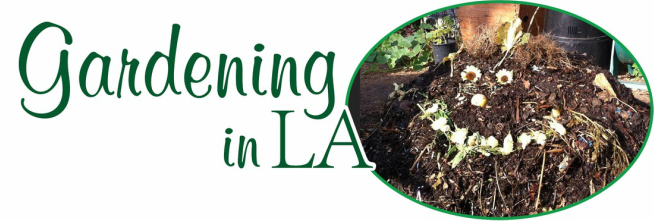
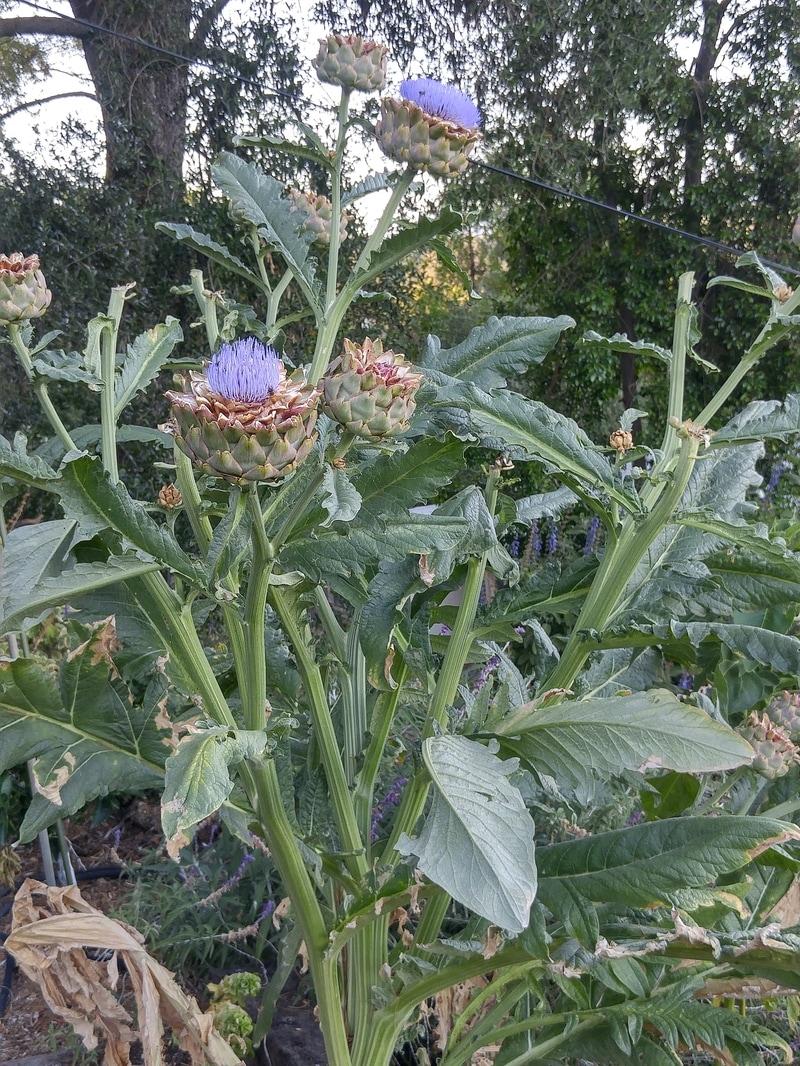
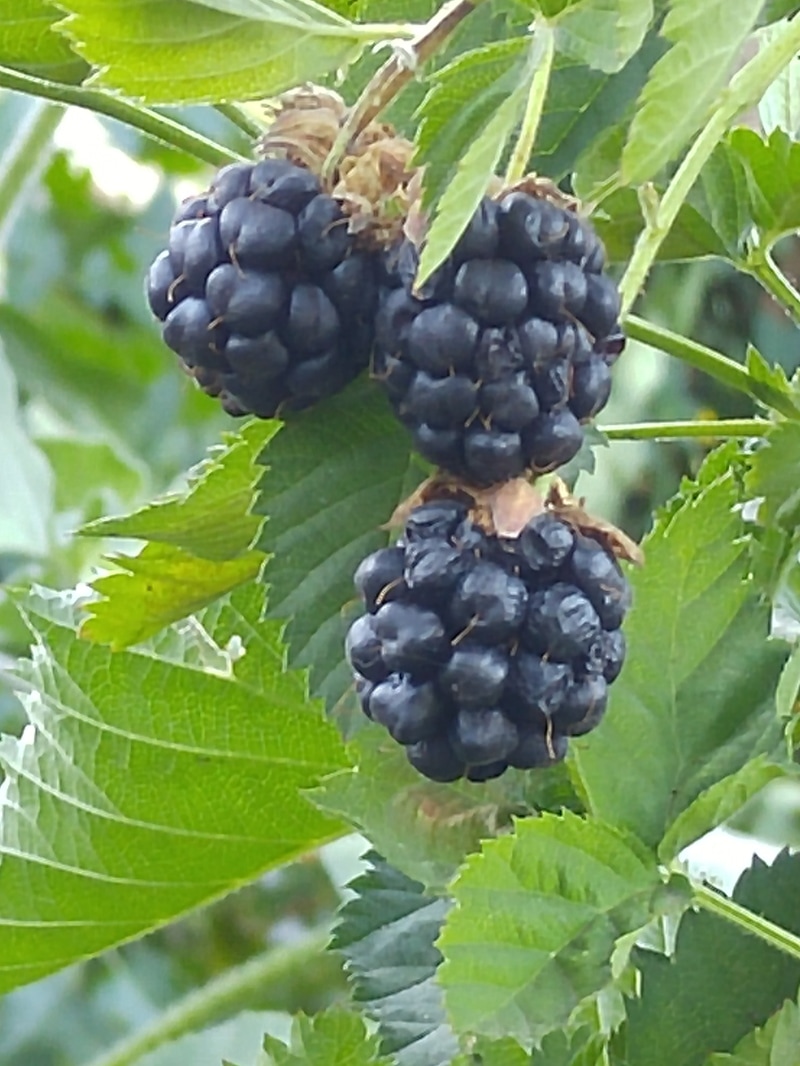
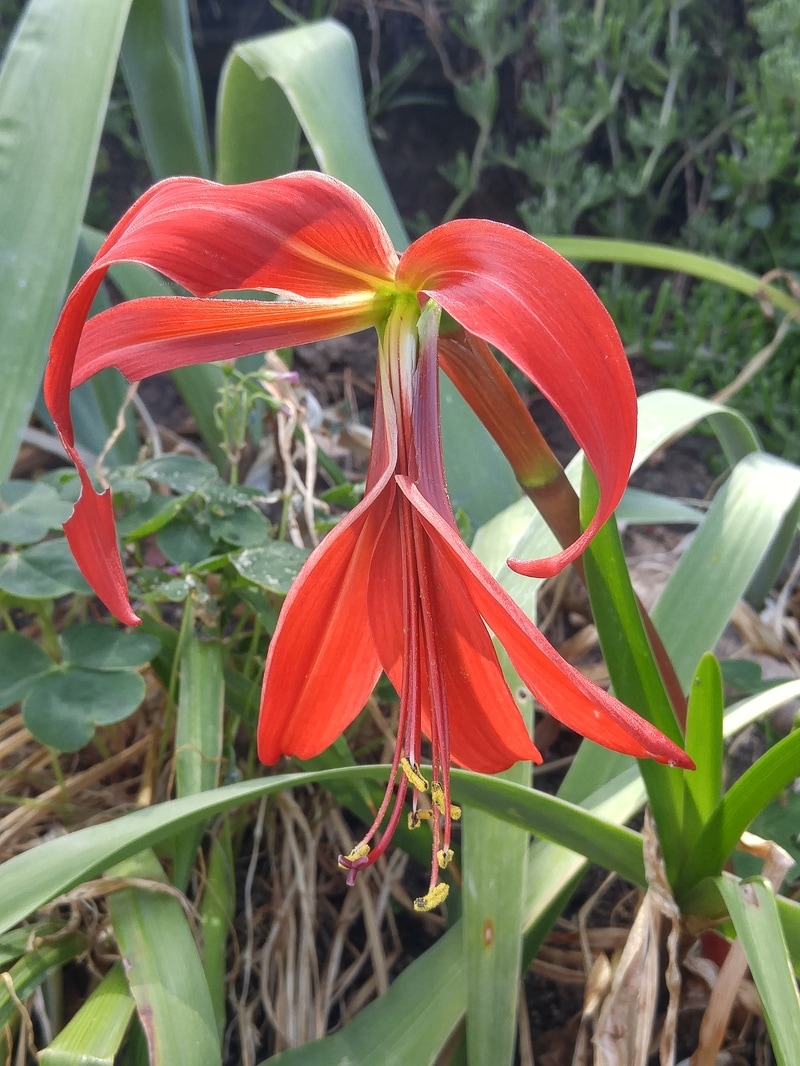

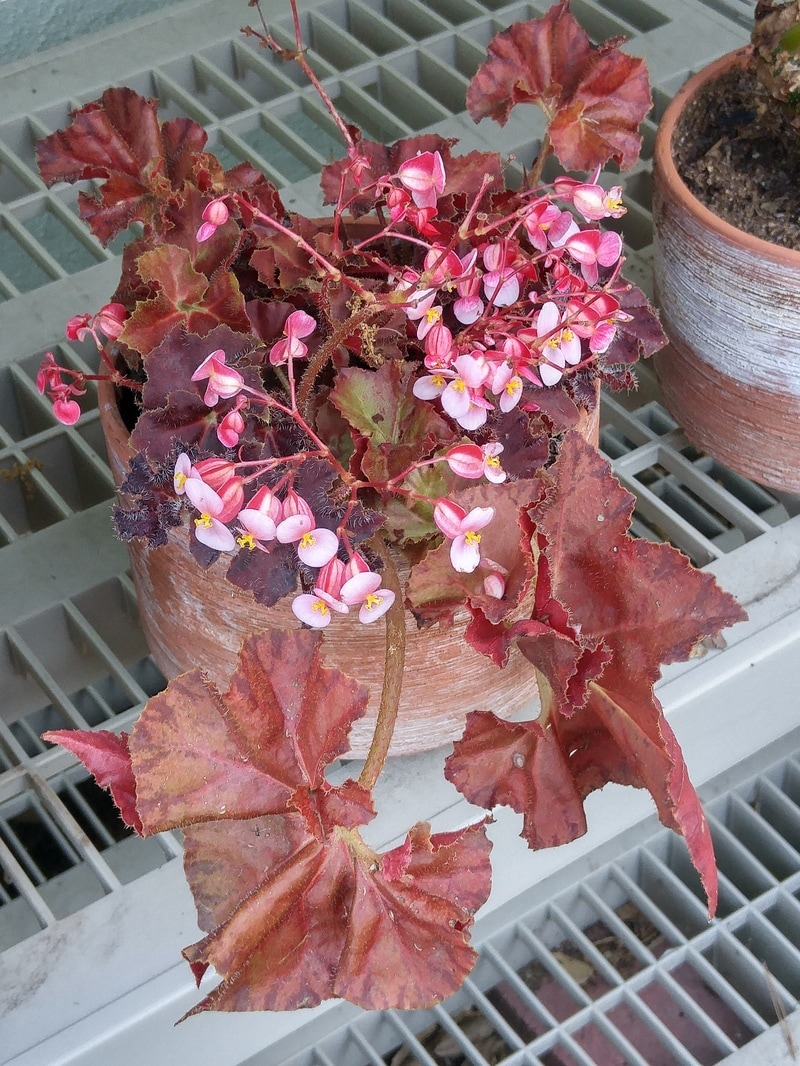
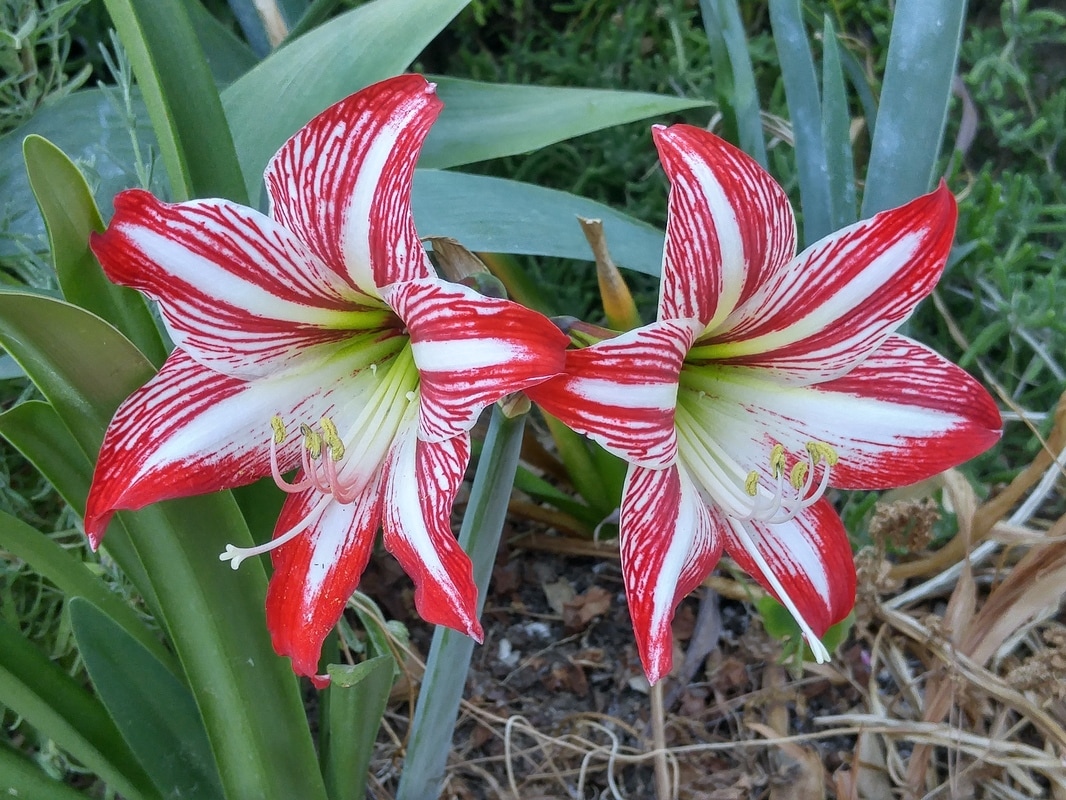
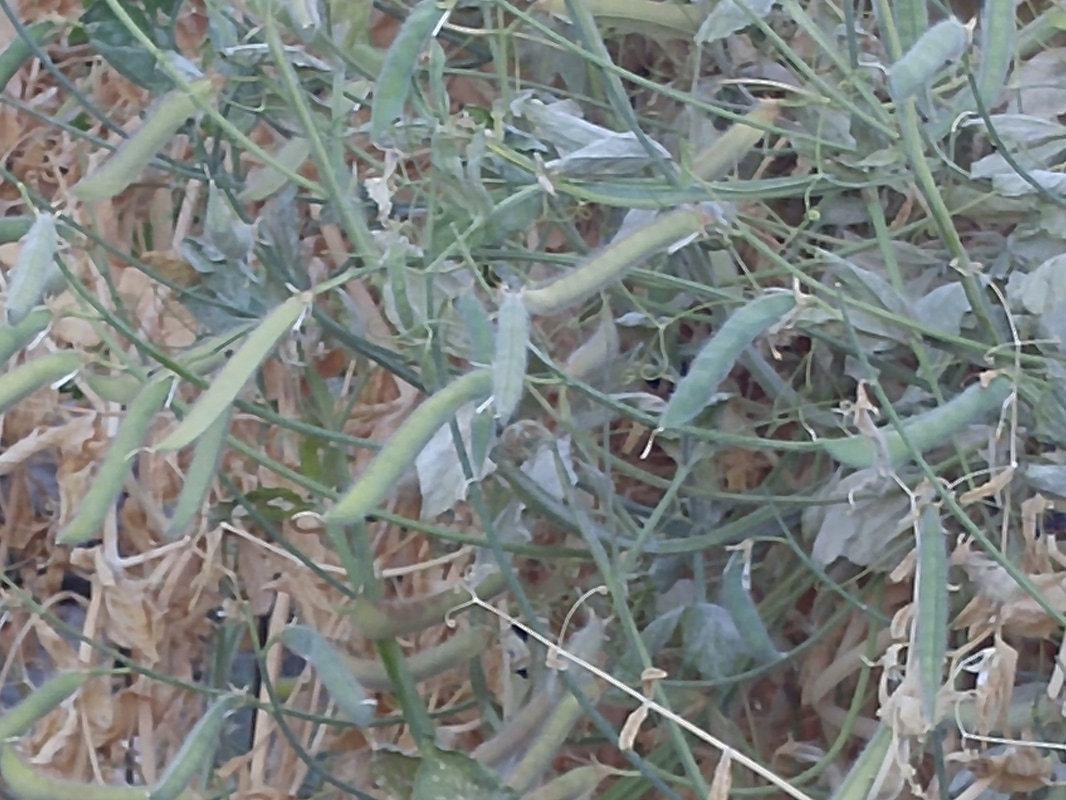
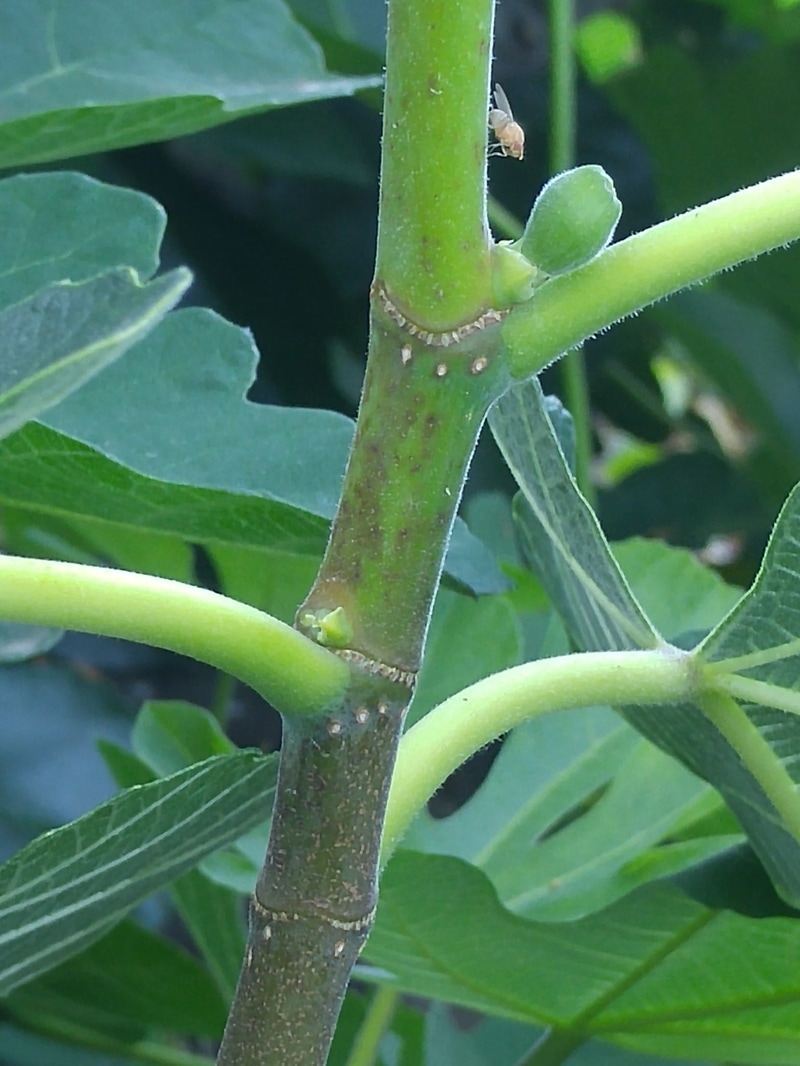
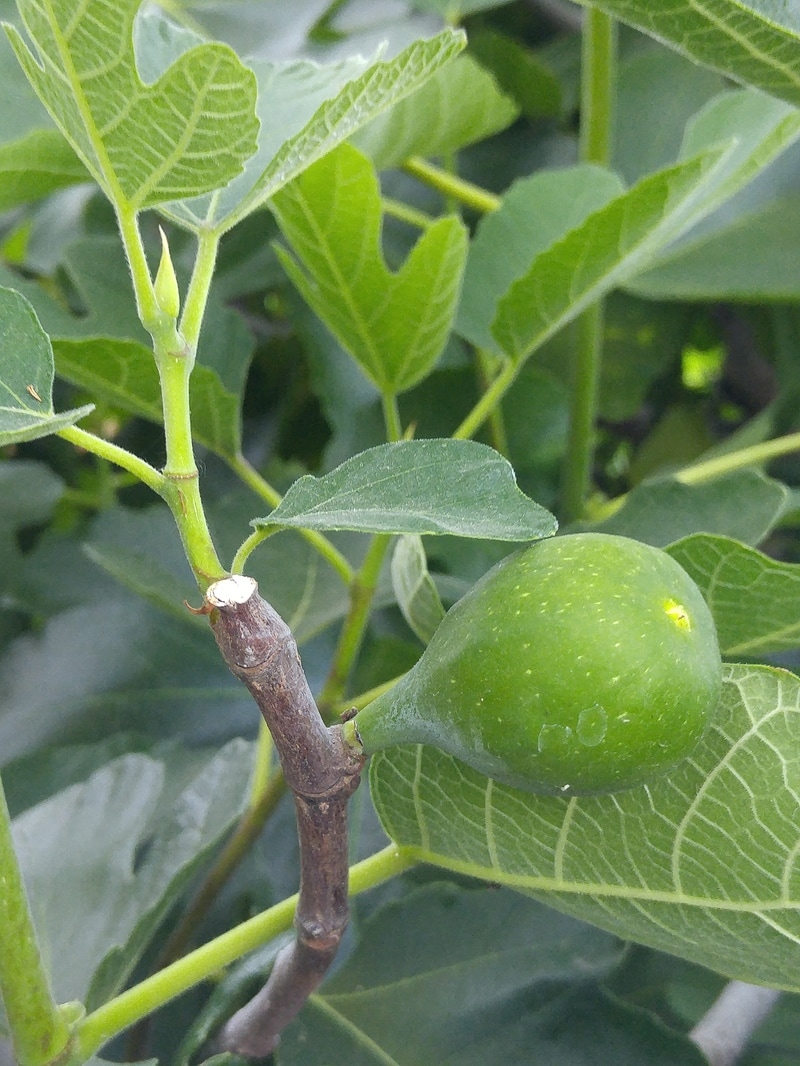
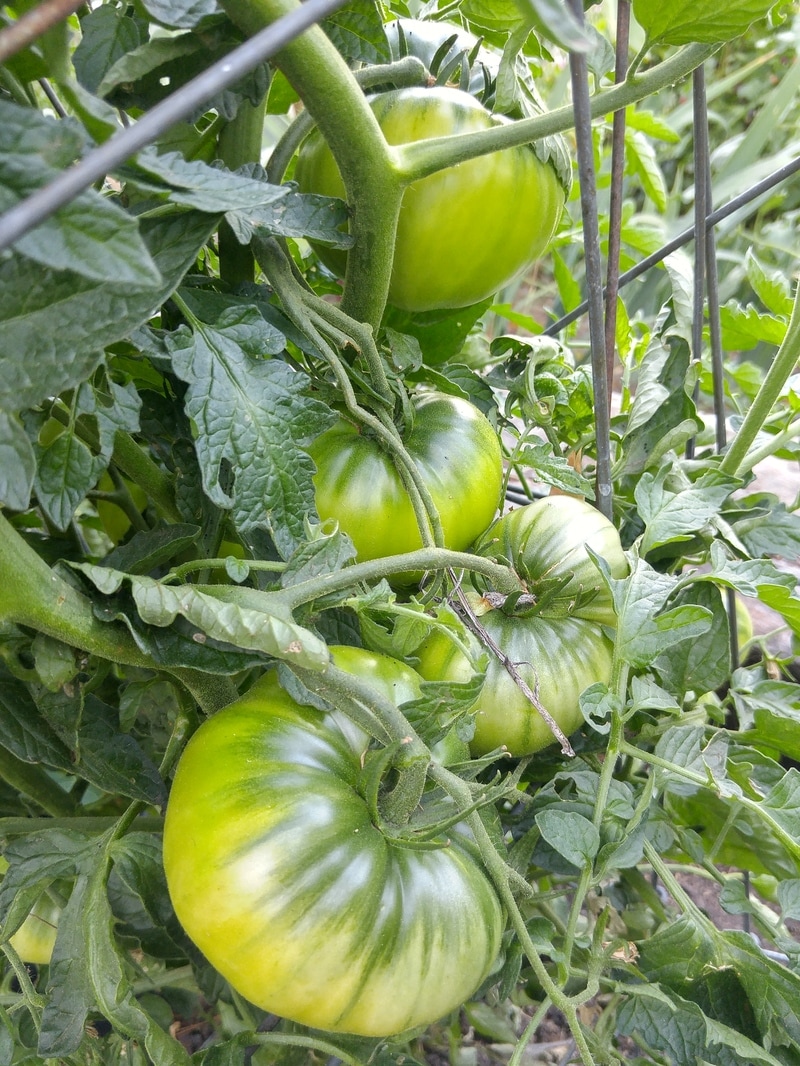
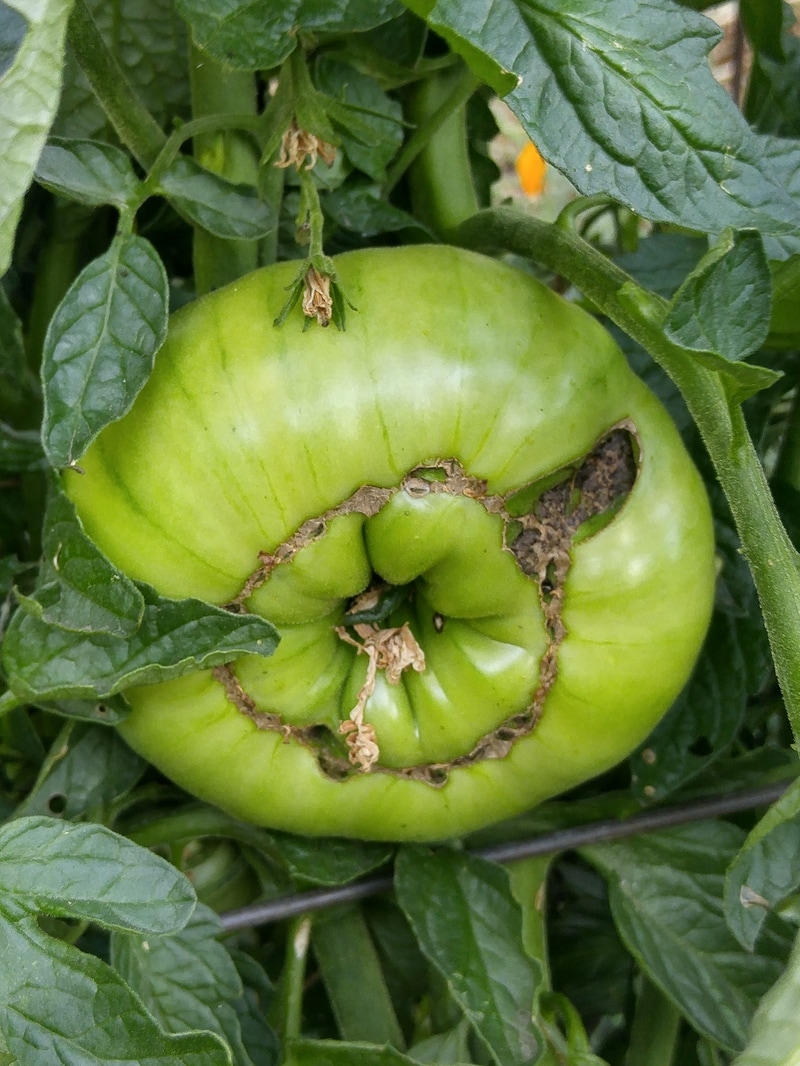
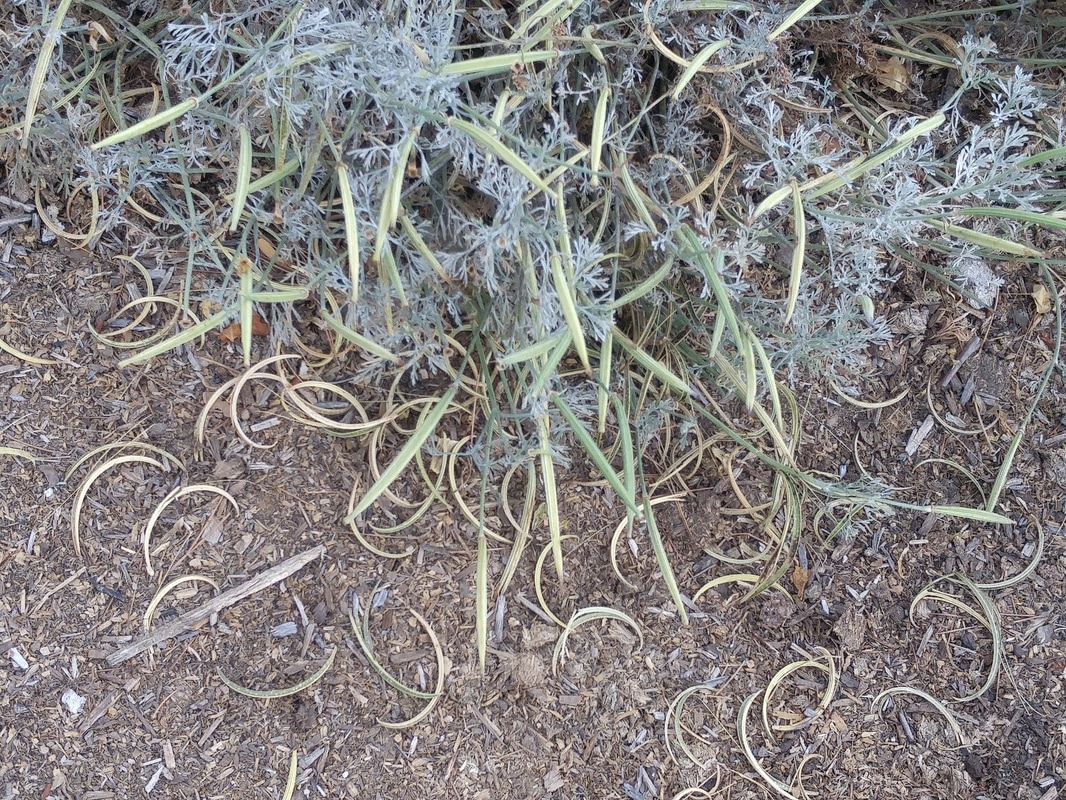
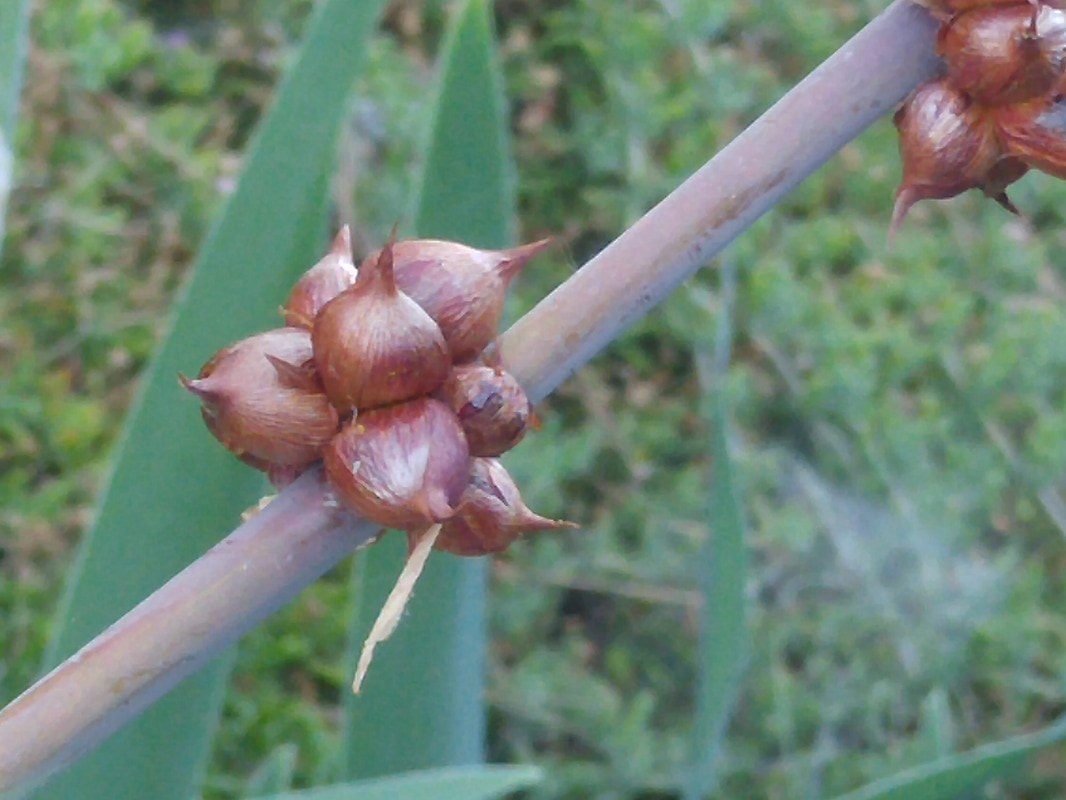
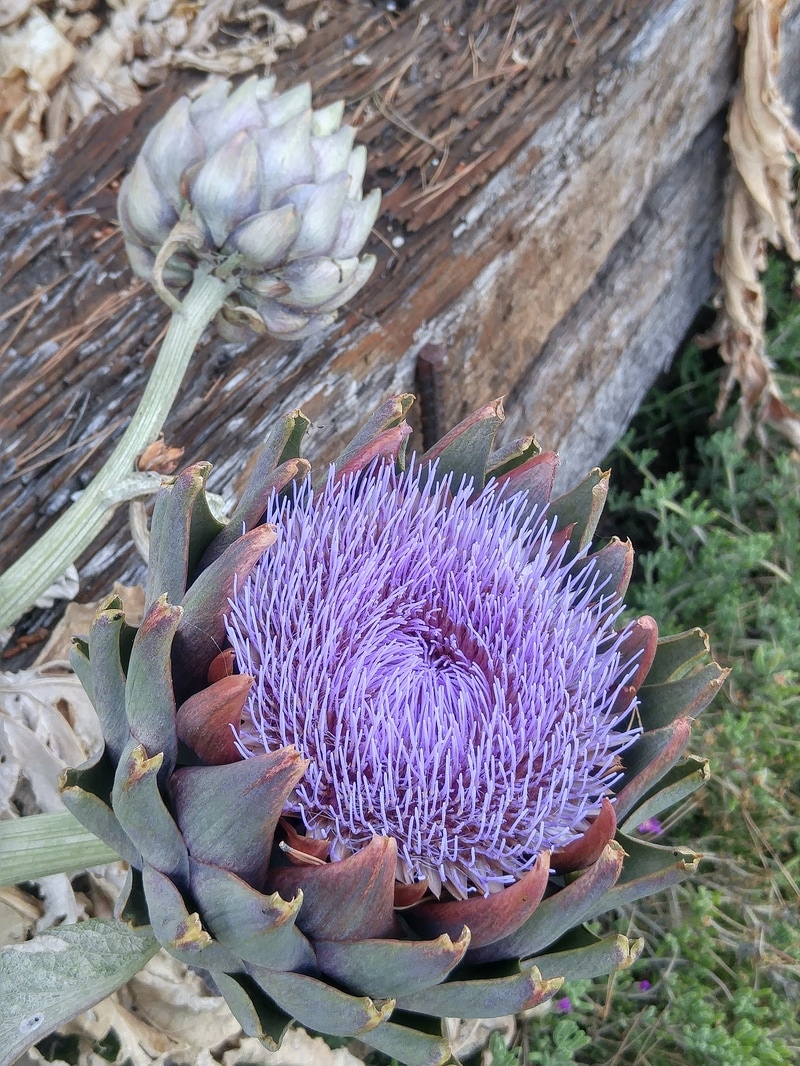
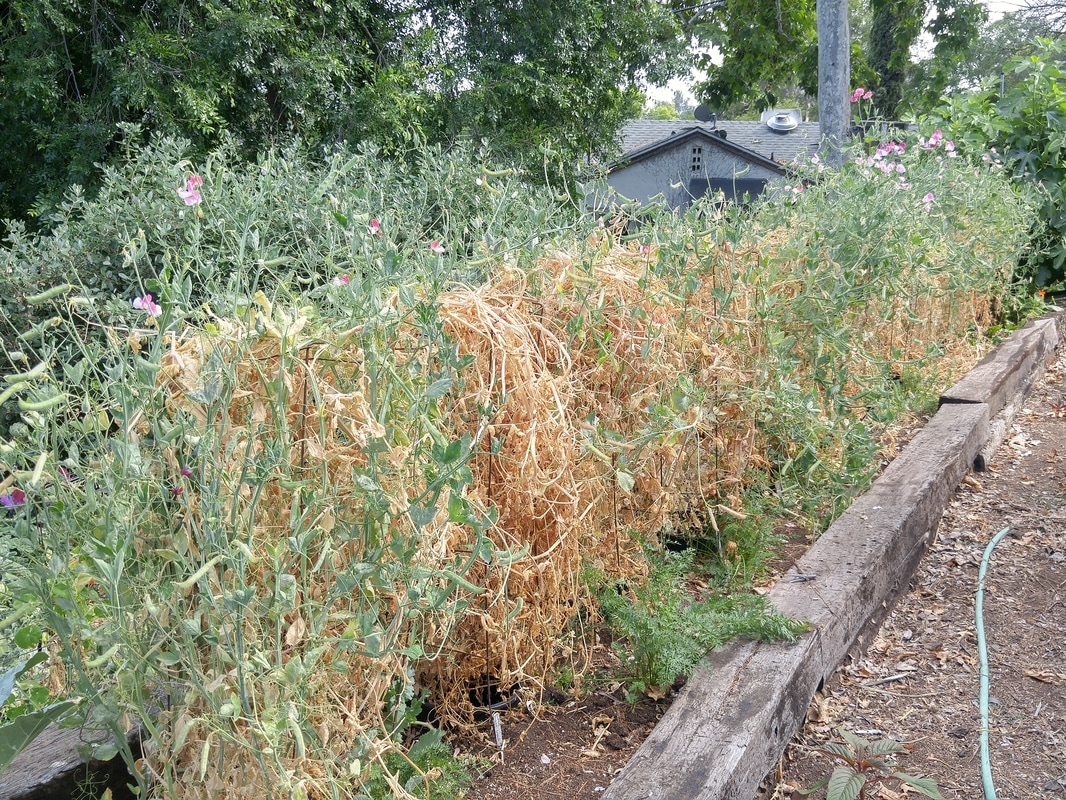
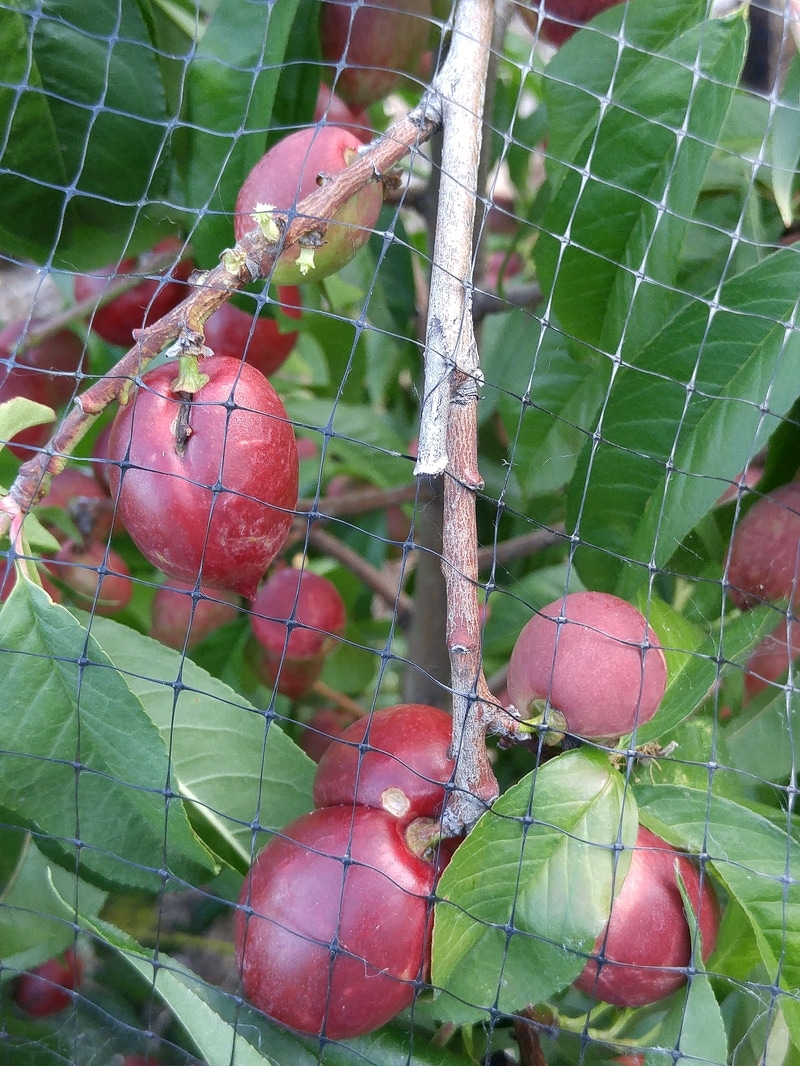
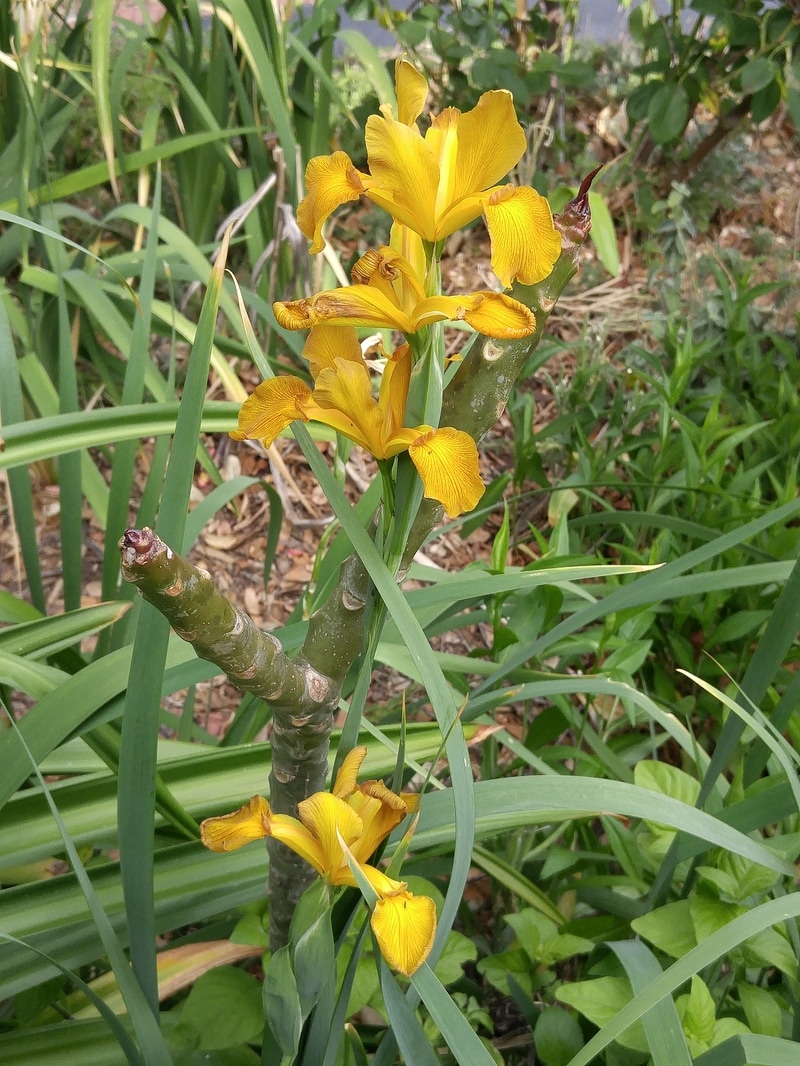
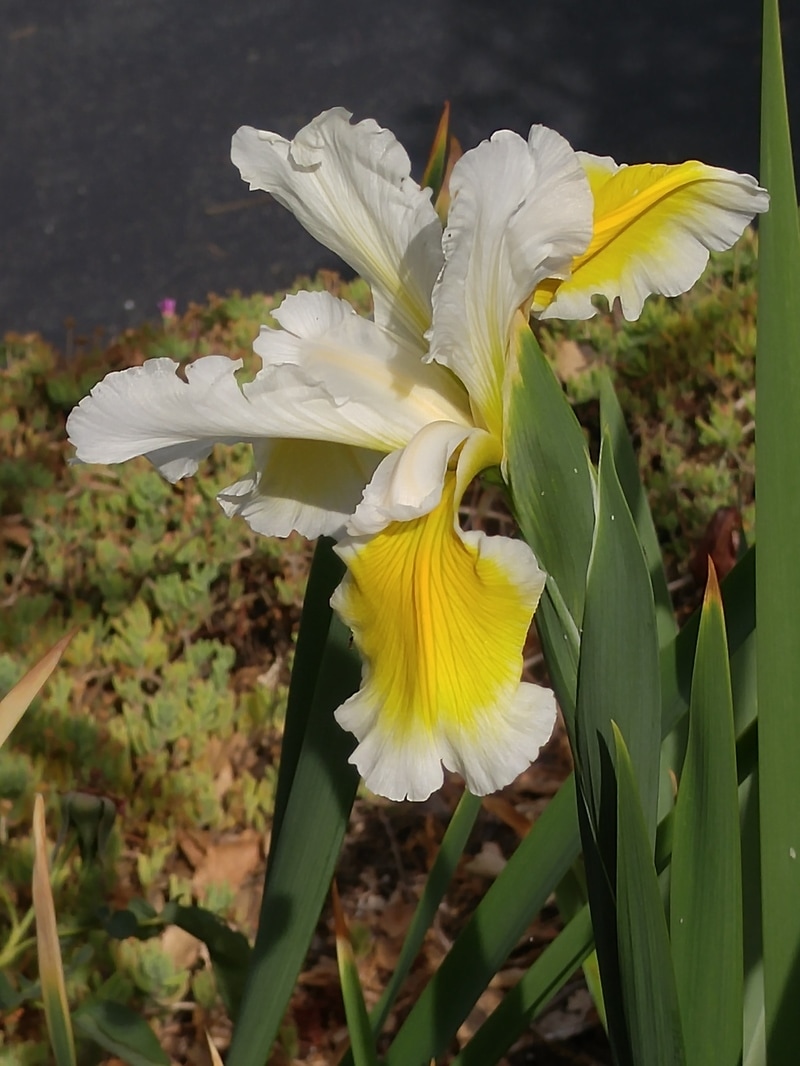
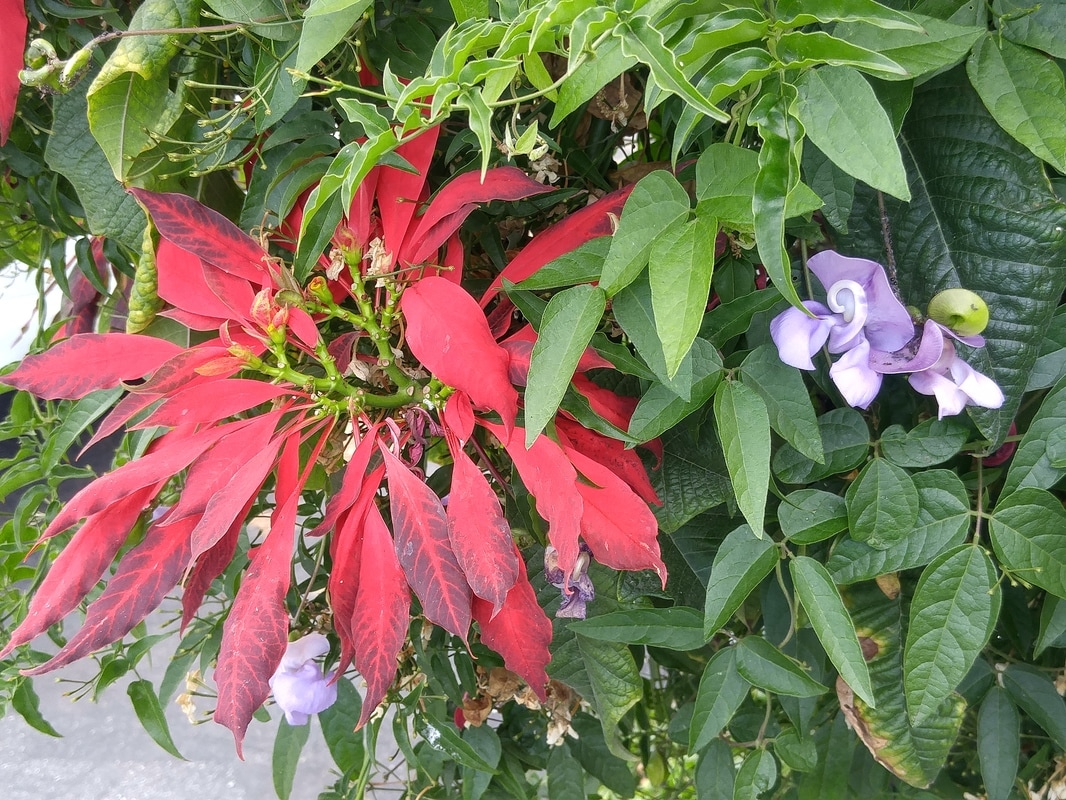
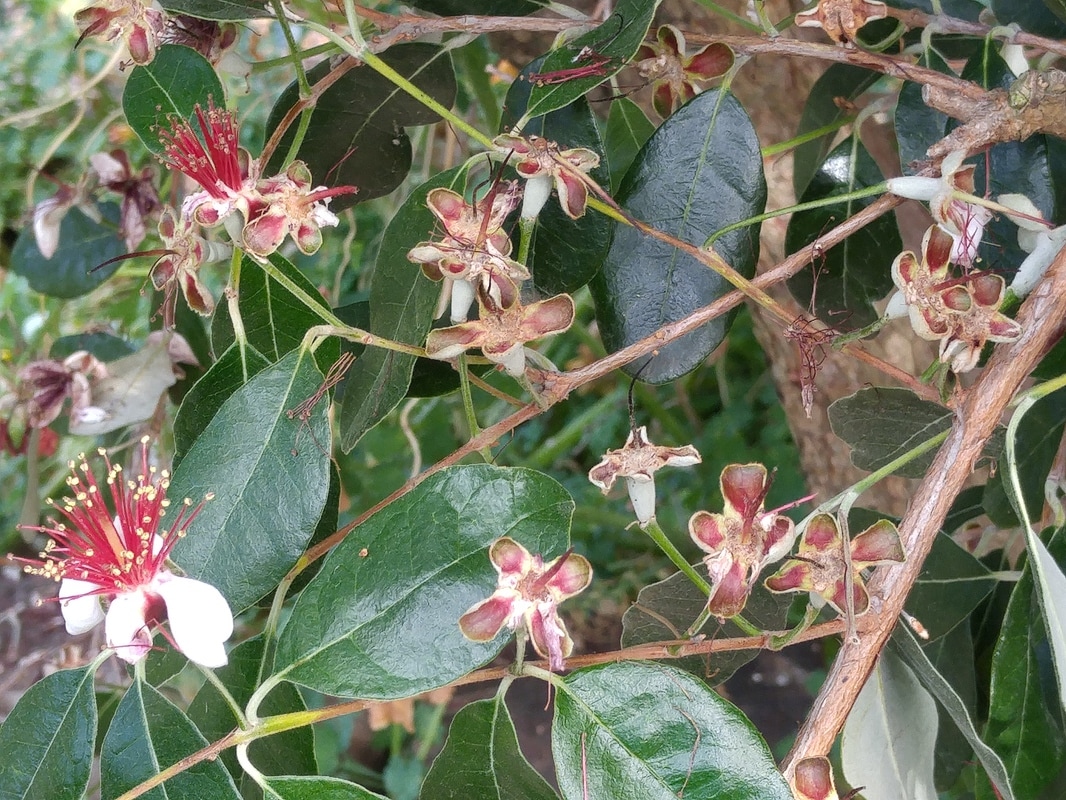
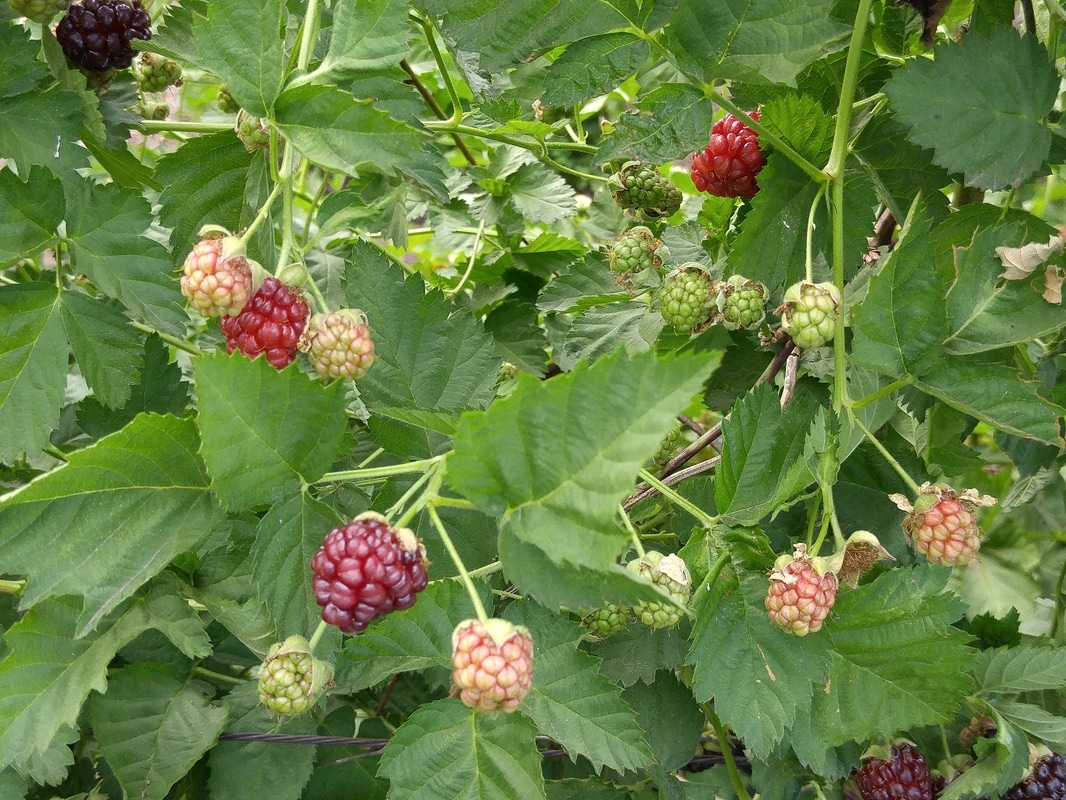
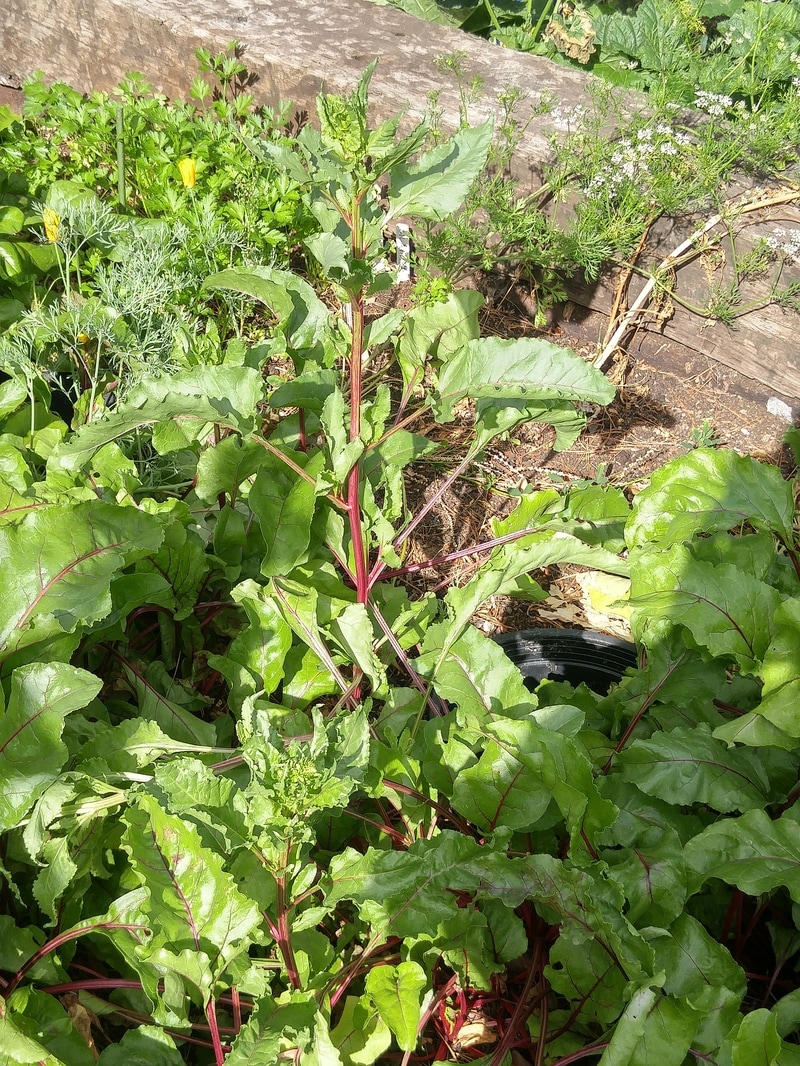
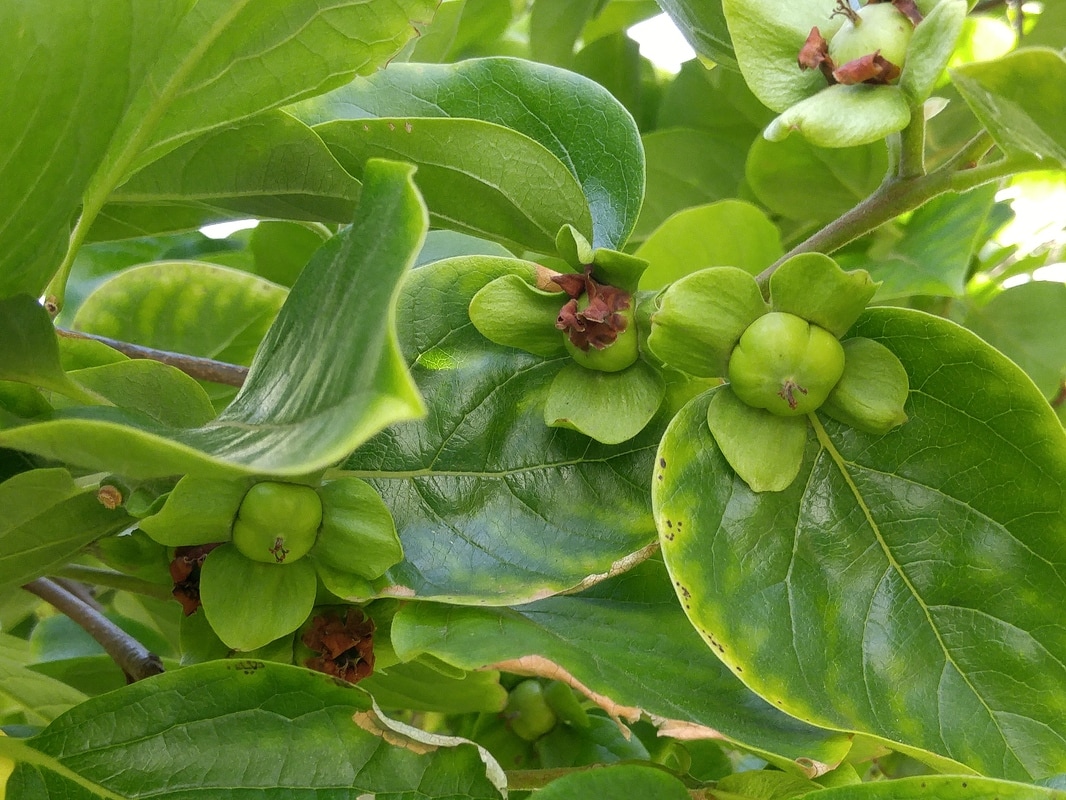
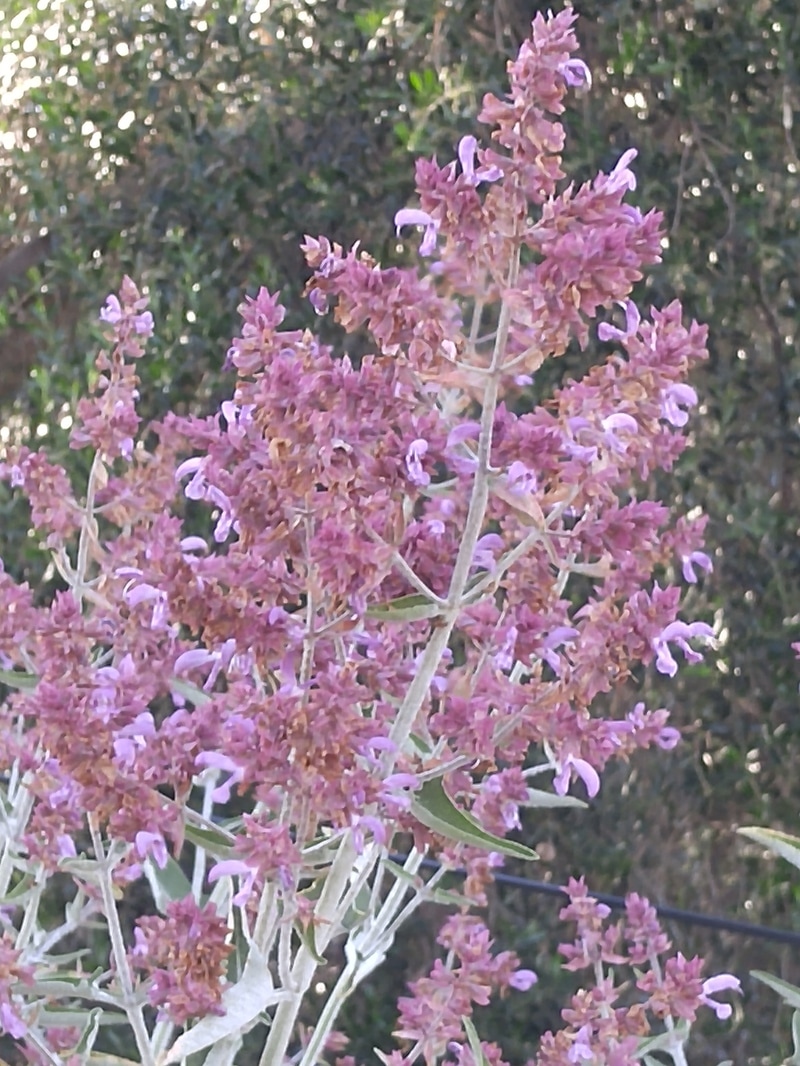
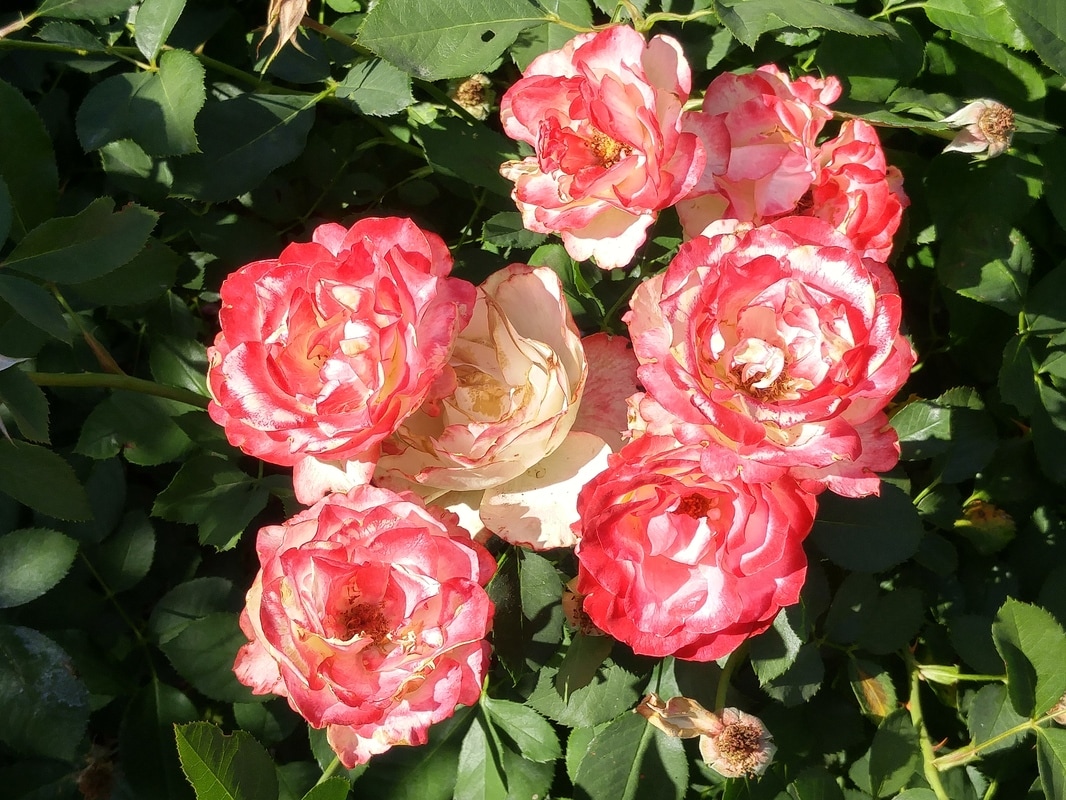
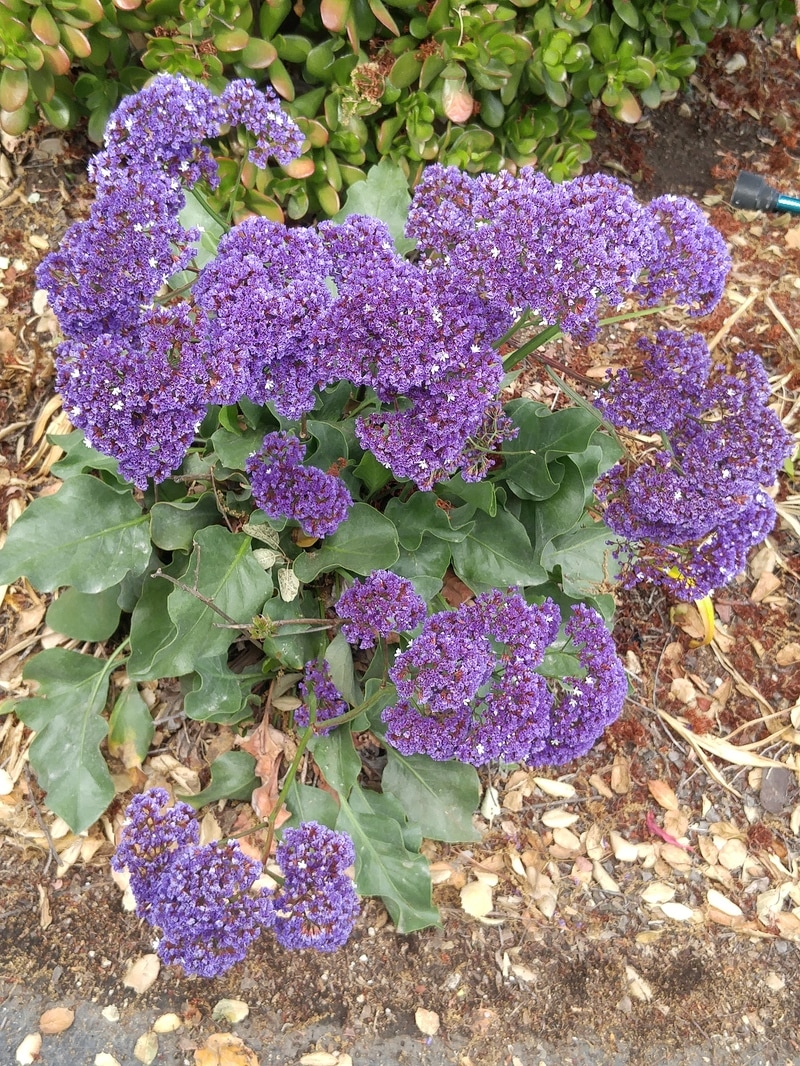
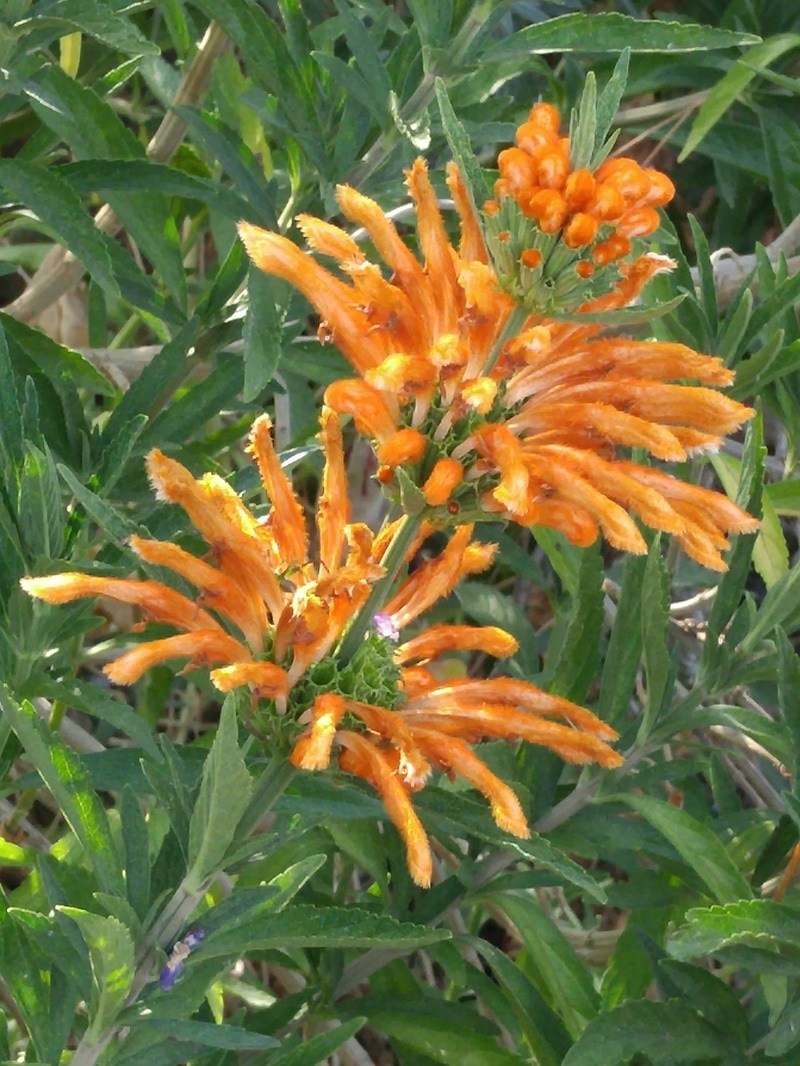
 RSS Feed
RSS Feed